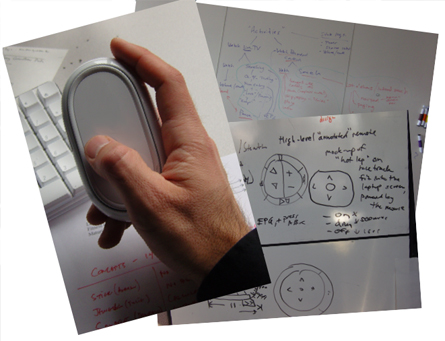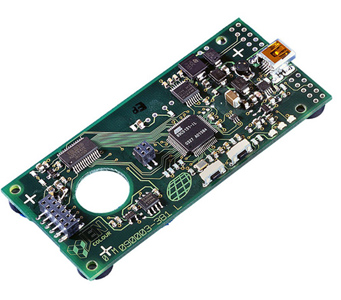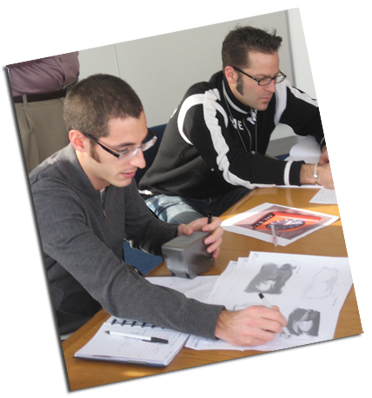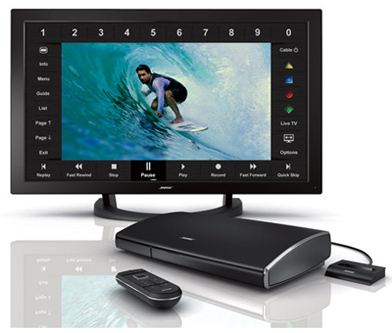John has developed and evolved his design process over many years, discarding methods that no longer worked well and adopting new ones as they emerged or developing entirely new methods. He takes a holistic approach to experience design, one that is firmly rooted in a rich understanding of the user, the technology and the business opportunities, and in the capacity of the designer to synthesize and conceptualize solutions.

RESEARCH
Research provides a critical and necessary foundation for understanding the goals of a product or service. A review and distillation of secondary research helps construct a field protocol. A rigorous qualitative inquiry into the user, their needs and ambitions, the products they use and the contexts in which they use them provides critical data that informs the process that follows. It is important for designers to go into the field and observe users first-hand. Driven by these qualitative insights, quantitative surveys can be used to gather statistical data from a broader population.
Additional information is garnered through competitive and proxy product evaluation, where the designers and researchers can deconstruct similar product experiences, identify road blocks, workarounds and delighters, and explore the potential supporting technologies.
Finally, a thorough understanding of the business requirements and market opportunities anchors the work for the next phase.

ANALYSIS & SYNTHESIS
Research data in and of itself is of limited value until the relevant insights are surfaced. A variety of tools are used to organize and analyze the data, from thematic encoding and factor analysis to affinity diagrams and scenarios.
Collaborative teams participating in the analysis builds a common language and understanding and enables the leaps to occur whereby the insight is taken to a level of action.
Typical outputs from this phase include behavioral models, use case scenarios, problem statements and functional requirements. By the end of the Synthesis activity, the targets and goals for the product experience are well defined and understood.

CONCEPTUALIZATION & ITERATION
The Conceptualization phase explores potential solutions within a bounded design space. Well defined constraints and targets energize designers and cause them to test assumptions, engage creative problem solving and shift their perspectives in ways that reveal possibilities that were not previously visible.
It is good practice to generate numerous concepts and to populate the space with them. Ideas are comparatively evaluated and the best elements are combined and evolved into stronger candidates.
Cross-functional collaboration is strongly encouraged and a charrette-like approaches enable the team to cover a lot of ground quickly while reinforcing the common goals.
Once several solid concepts are identified, they are iterated and refined to a point where prototyping and evaluation are possible.

PROTOTYPING & EVALUATION
Prototyping matures the concepts and helps to confirm assumptions and to identify issues, especially when the prototype can be deployed into the context of use.
The approaches used to prototype depend on the requirements of the product and evolve with the maturing of the design. Paper prototypes, form models, storyboards and canned demos provide early learning in an efficient manner. In some cases, it is necessary to prototype the experience to high level of fidelity to properly assess the intended design.
Once prototypes exist, evaluation can occur from a number of perspectives: expert review, heuristic evaluation, usability testing, in-home testing and qualitative interviewing provide critical insight into the performance of the design and allows the design team to make refinements.

DESIGN DEVELOPMENT
When the fundamentals of the design are understood and validated, the design can begin in earnest. This phase prepares development team for implementation and results in a detailed blueprint.
A product experience architecture and performance requirements are defined early on to inform hardware selection and software design, and evolves from feedback and technical evaluation.
The concept becomes a reality and their are numerous compromises that are made throughout the process. The targets and goals for the product become especially critical as a rule by which to evaluate the trade-offs, ensuring that the vision is not sacrificed.
By the end of the Design Development phase, a detailed specification, UE simulations and production plan enables an efficient workflow into electrical and mechanical engineering, software development and test, and product launch activities.

PRODUCTION & LAUNCH
Once in production, the design team releases serialized functional definitions and assets to support software sprints and hardware manufacturing. As the product platform matures, usability testing and in-home evaluation confirm the performance of the design. Defects and the inevitable late changes are addressed.
A solid understanding of the target users also helps to inform the go-to-market activities and refines product messaging, point-of-sales engagements and distribution strategies.
When the product launches, close attention is paid to the response from reviewers and initial customers. Follow-up surveys and interviews gather insights and inform product updates and future designs.